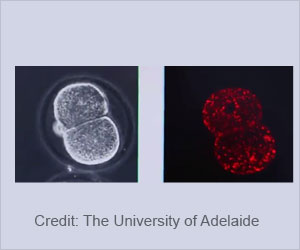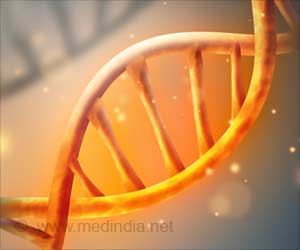Israeli scientists create lab-made human embryo model from stem cell, paving way to research in early stages of embryo.
- Israeli scientists at the Weizmann Institute of Science have achieved a groundbreaking feat by crafting a laboratory model of a human embryo using stem cells
- Embryo was created without the need for sperm, eggs, or a womb
- This development provides a unique opportunity to explore the early stages of embryonic development, closely resembling a day-14 embryo
Human embryo models grown from stem cells
Go to source).
Science's Leap Beyond Procreation
This innovative work was first presented during the International Society for Stem Cell Research (ISSCR)'s annual meeting in Boston in June and subsequently published in Nature. While this advancement is groundbreaking, the scientists are quick to clarify that they are still a considerable distance away from creating an embryo from scratch.Hanna's team achieved this feat by utilizing stem cells derived from adult human skin cells, alongside other cells cultured in the lab. They reprogrammed these cells to an early developmental state with the capacity to differentiate into various cell types.
By manipulating them, they created a structural approximation of an embryo, though it's not an authentic or synthetic embryo, a distinction important to the ISSCR and many other scientists. Instead, it serves as a model to demonstrate the workings of an embryo.
Hanna explained that in roughly 1 percent of these aggregates, they observed cells differentiating correctly, migrating, and organizing themselves into the appropriate structures. The furthest they reached in replicating human embryo development was day 14. Their next objective is to progress to day 21 and achieve a 50% success rate.
New Avenues in Embryonic Development Research
This study joins a series of similar human embryo-like models published by research teams worldwide this year, though none of them can entirely replicate natural human development.However, collectively, they provide valuable tools for studying numerous aspects of human development experimentally, as noted by Magdalena Żernicka-Goetz, a professor at the University of Cambridge specializing in development and stem cells.
They draw parallels with nuclear physics, emphasizing that just as nuclear research continues despite concerns, scientific exploration in this realm should be conducted with openness and responsibility, avoiding the shadows of secrecy.
- Human embryo models grown from stem cells - (https://phys.org/news/2023-09-human-embryo-grown-stem-cells.html)
Source-Medindia














